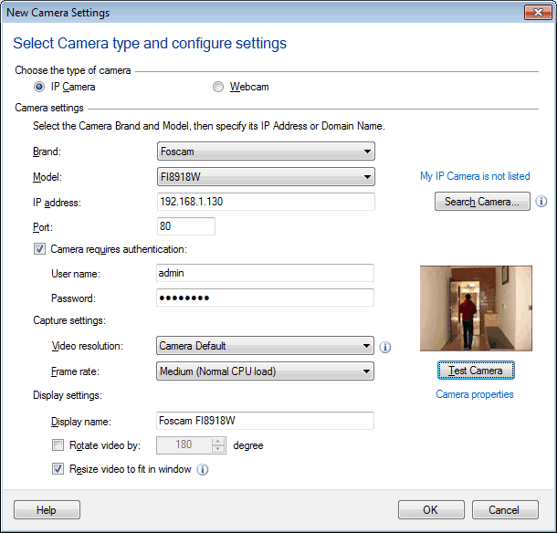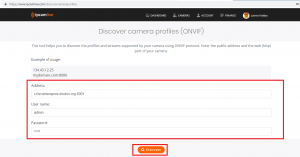
“debug=True” makes sure that we don’t require to run our app every time we makes changes, we can simply refresh our web page to see the changes while the server is still running. Let’s have a look at our index.html file : Live Streaming Step7- Starting the Flask Server : if _name_ = "_main_": app.run(debug=True)Īpp.run() is called and the web-application is hosted locally on. The browser will automatically keep the image element updated by displaying the stream of JPEG images in it, since multipart responses are supported in most/all browsers Because this stream returns the images that are to be displayed in the web page, the URL to this route is in the “src” attribute of the image tag (see ‘index.html’ below). The ‘/video_feed’ route returns the streaming response. Step6- Define app route for the Video feed: def video_feed(): return Response(gen_frames(), mimetype='multipart/x-mixed-replace boundary=frame') In our application, we will use templates to render HTML which will display in the browser. Flask uses the Jinja template library to render templates. The decorator is telling our that whenever a user visits our app domain ( localhost:5000 for local servers) at the given. def index(): return render_template('index.html')

is a Python decorator that Flask provides to assign URLs in our app to functions easily. Routes refer to URL patterns of an app (such as /home or /about). camera = cv2.VideoCapture(0) ''' for ip camera use - for local webcam use cv2.VideoCapture(0) ''' Step4- Adding window and generating frames from the camera:įrame generating function Step5- Define app route for default page of the web-app : To know the RTSP address for your IP Camera go through this - Finding RTSP addresses. To capture the live feed from an IP Camera we provide the RTSP link as the argument.


To trigger the webcam we pass ‘0’ as the argument. We can either provide the path of the video file or use numbers to specify the use of local webcam. #Import necessary libraries from flask import Flask, render_template, Response import cv2 #Initialize the Flask app app = Flask(_name_) Step3- Capture Video using OpenCV :Ĭreate a VideoCapture() object to trigger the camera and read the first image/frame of the video. We will now import the necessary libraries and initialize our flask app. Step2- Import necessary libraries, initialize the flask app :
#BROADCAST IP CAM INSTALL#
To easily install libraries in P圜harm follow these steps. I use the P圜harm IDE to develop flask applications. You can use the ‘ pip install flask’ and ‘ pip install opencv-python’ command. It has no database abstraction layer, form validation, or any other components where pre-existing third-party libraries provide common functions.Īccording to GeeksForGeeks, OpenCV is the huge open-source library for the computer vision, machine learning, and image processing and now it plays a major role in real-time operation which is very important in today’s systems. It is classified as a microframework because it does not require particular tools or libraries. If you are already familiar with these modules, you can directly jump to the next section.Īccording to the Wikipedia, Flask is a micro web framework written in Python. Before diving into the coding part let us first know about these modules briefly.
#BROADCAST IP CAM HOW TO#
In this article we will learn how to do that using Computer Vision.Ĭomputer Vision is an interdisciplinary field that deals with how computers can be made to gain a high-level understanding from digital images or videos.įor implementing the computer vision part we will use the OpenCV module in Python and to display the live stream in the web browser we will use the Flask web framework.

Image by Author-Working of RTSP Protocol So how do you use your web browser to view the live streaming ?


 0 kommentar(er)
0 kommentar(er)
